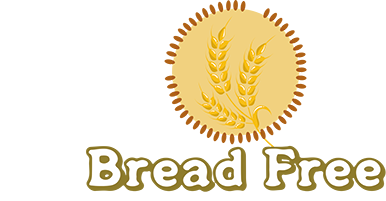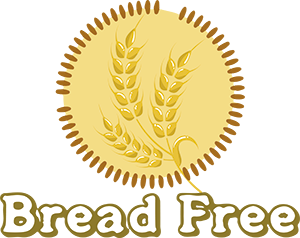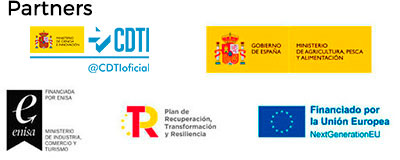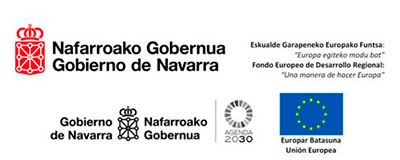YES. Although it is wheat/barley/rye flour, the gluten content is below 10 ppm (*According to the European Regulation (EU) No. 828/2014, a product is considered “gluten-free” when it contains less than 20 mg/kg (ppm) of gluten).
FAQs
In this section, you will find the most frequently asked questions about the celiac world and “Pura”.
Are gluten-free products made with "Pura" safe?
YES. The gluten-free products elaborated with “Pura” will initially be produced by industrial companies. We can guarantee that they will be elaborated with a flour that complies with the current regulations for gluten-free products (*According to the European Regulation (EU) No. 828/2014, a product is considered “gluten-free” when it contains less than 20 mg/kg (ppm) of gluten).
What is the difference between celiac disease, wheat allergy and non-celiac gluten sensitivity/NCGS?
Celiac disease is an autoimmune, chronic, multisystemic, and hereditary disorder. The consumption of gluten, even in small quantities, affects the villi of the small intestine, leading to poor nutrient absorption and resulting in nutritional deficiencies.
Wheat allergy is an autoimmune reaction to gluten protein, as it recognizes it as harmful (even though it is not), which leads to the production of antibodies and other molecules. Symptoms can appear through contact or inhalation.
Non-celiac gluten sensitivity/NCGS is a disorder that is also associated to the consumption of gluten and other wheat components. It is characterized by the emergence of intestinal and extraintestinal symptoms similar to those experienced by celiac people. Although adhering to a gluten-free diet leads to improvement, it does not meet the diagnostic criteria for “celiac disease”.
What agrifood by-products do you use?
Our “Pura” flour has been elaborated with by-products of the oil industry, which act as antioxidants.
Does it maintain the flavor and texture of gluten-containing cereals?
YES. We elaborate our gluten-free wheat flour from conventional wheat flour, from which we reduce the gluten content for it to be suitable for celiac people.
What countries will “Pura” and the gluten-free products be available in?
We aim to reach as many celiac individuals as possible with both products. We will strive to expand our distribution network to include a wide range of distribution points, both online and physical. Stay tuned for all the latest updates on our social media.
Do children of a celiac person have a higher likelihood of also having celiac disease?
YES. Experts indicate that between 10% and 20% of first-degree relatives of someone with celiac disease have a higher predisposition to develop the condition.
What happens if a woman with celiac disease becomes pregnant?
A woman with celiac disease can become pregnant, but may experience complications during the pregnancy or even fertility difficulties if she does not follow a gluten-free diet.
You don’t find what you are looking for? You can write us with your question or doubt, and we will try to solve as soon as possible.
The personal data provided through this form will be registered for its treatment, for which Bread Free SL is responsible and will be used for the purpose of answering the queries raised and offering you the best service. The legitimation to carry out this treatment is based on your consent granted. You can exercise the rights of access, rectification, deletion (“right to be forgotten”), limitation, portability and opposition by contacting the person responsible for the file, in accordance with the provisions of Arts. 15 and ss of the RGPD-EU by email addressed to contacto@breadfree.es. The data will be kept for the period strictly necessary to comply with the aforementioned regulations. Visit our Legal Notice and Privacy Policy.



